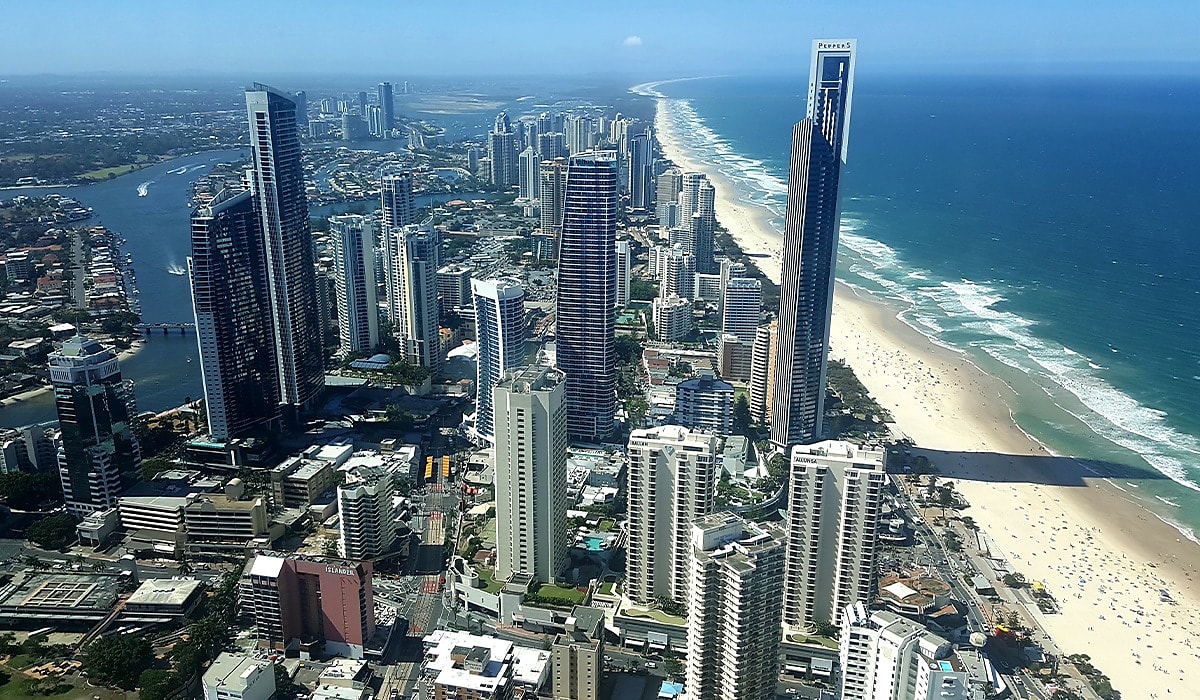Qld ranks first on the Housing Scorecard
The Housing Industry Association (HIA) of Australia has named Queensland the property market’s top-performing state.

Thanks to population growth and high housing demand, Queensland has once again scored first on the Housing Industry Association’s latest Housing Scorecard.
According to HIA economist Maurice Tapang, the ongoing wave of sea and tree changers from other states into Queensland has pushed the Sunshine State to the top spot in HIA’s Housing Scorecard.
The scorecard compares current activity levels in each state and territory to long-term averages, using indicators such as home building and renovation trends, lending data, and population movements.
It showed that Queensland continues to perform well, with high migration driving the other indicators.
Tapang said that the strong migration from interstate and overseas in North Queensland and the south-east corner has helped increase dwellings’ buying activity in the state.
Recent data from Money.com.au showed that Queensland has had the highest net interstate migration in every quarter since 2017 and recorded 30,930 new residents from interstate in March 2024.
“Strong demand amid limited supply has led to a rise in residential building activity in Queensland, including both new homes and renovations,” Tapang said.
While Queensland topped the scorecard nationwide, it narrowly edged out Western Australia and South Australia that had the podium finished with strong demand for new homes.
“Exceptionally low unemployment rate, strong population growth and stable interest rates have sustained the key dynamics necessary for strong demand for new home building,” Tapang said.
The economist noted that in both states, government policies and economic outlooks will determine the strength of home building over the short to medium term as they currently have a relatively stable macro-dynamic.
“Just as state and local government policies set the limit to the floor in this cycle, the diverging outlook between home building markets will also be determined by the same policy decisions,” he said.
“States that are able to offer employment opportunities and more affordable residential land will see a stronger outlook for home building activity in coming years.”
Analysing the results, Tapang noted that Western Australia could overtake Queensland’s number one position in the coming months.
“As it stands, the momentum of ongoing population growth and home building in Western Australia could see it top this scorecard in 2025,” Tapang said.
